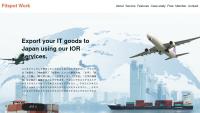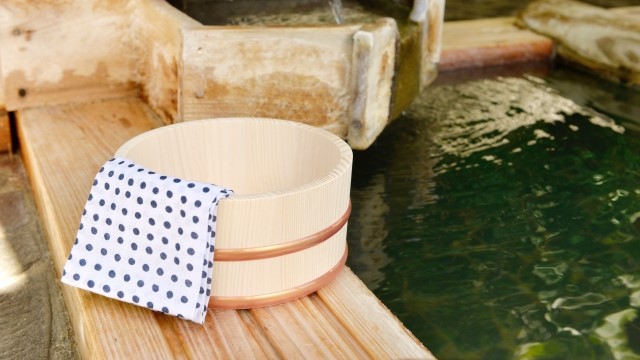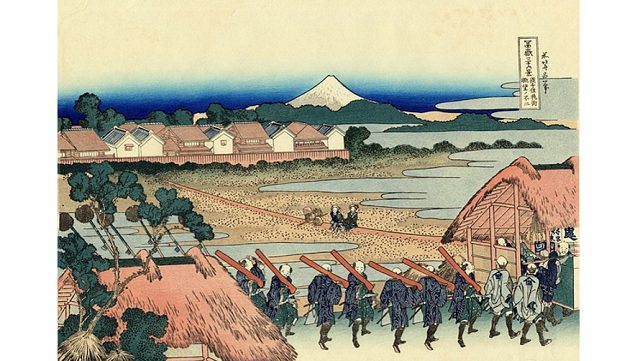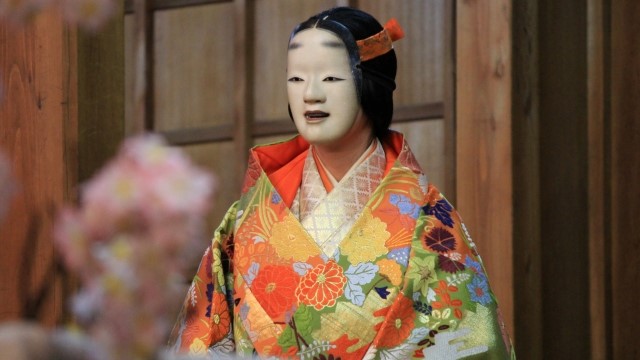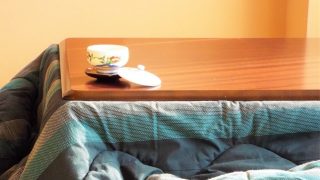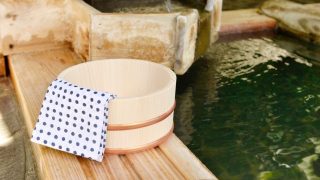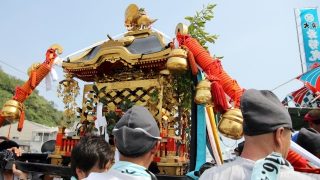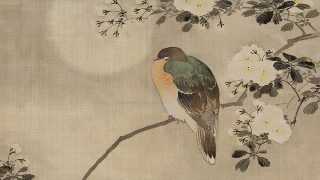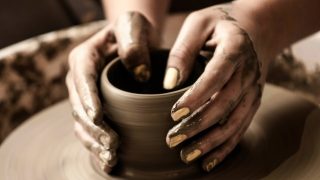About Kendo
There are many martial arts (Budo) in Japan.
Today, we would like to talk about Kendo.
Kendo is a traditional Japanese style of fencing and one of the Japanese Budo.
Kendo is often viewed as a sport using bamboo swords (Shinai).
However, Kendo is a “Budo” that aims to form a human being through training the mind and body.
Kendo uses bamboo swords (Shinai) and wears armor (Yoroi) to fight each other.
Kendo has a registered population of about 2.7 million people worldwide, of which about 1.77 million are in Japan (End of 2014).
Judo has a registered population of about 0.2 million in Japan.
Kendo is said to have about nine times as many registrations as Judo.
However, Kendo has never been an Olympic event in the past.
This is because Kendo aims to be a martial art that values courtesy and spirit, so it is said to avoid becoming a sport by becoming an Olympic event.
That’s why it is said that Kendo is a Budo, not a sport.
About the beginning of Kendo
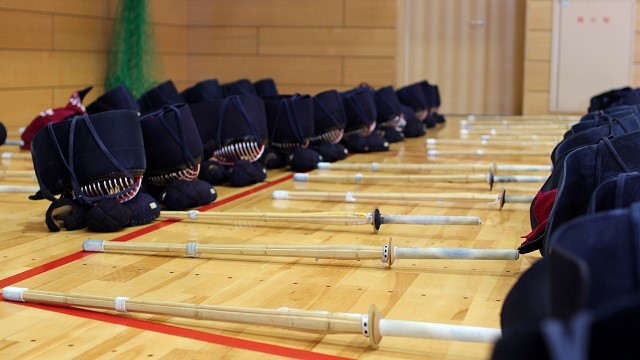
Japanese swords (Katana) were born in the middle of the Heian period.
The demand for Japanese swords (Katana) increased in the samurai era, but equestrianism and bows were initially more critical.
Swords (Katana) became the leading role in the battle as foot fighting increased in the late Muromachi period.
Schools of the Japanese style of fencing were also born around this time.
The Katana has become a symbol of the samurai since the time of the Toyotomi era.
In the Edo period, swordsmanship was compulsory, as it was intended to train the mind and body. Along with that, armor was devised, and practical training in wearing armor began in the mid-18th century.
Although Kendo was almost abolished in the Meiji era, it was gradually revived by the adoption of police and schools.
Since 2012, martial arts have been compulsory at junior high schools and have been held in physical education classes.
It is thought that engaging in martial arts such as Kendo can help you develop a sense of respect for another person.
About Kendo’s main stance
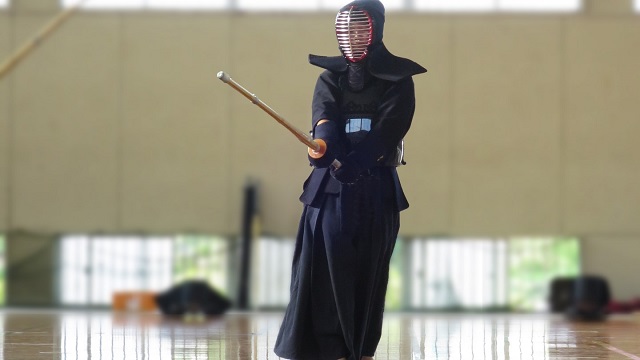
There are three leading positions in Kendo.
The middle stance, the upper stance, and the lower stance.
The most basic stance is the middle stance.
It is also called the person’s stance, and it is said that you can change attack and defense easily.
The upper stance is also called the heavenly stance and is an aggressive stance that intimidates from above.
The lower stance is also called the ground stance, and you can change it according to the opponent’s movement.
Valid points (Ippon)
You can get points by hitting or pushing the opponent’s mask (Men), gloves (Kote), waist (Do), and throat (Tsuki) with Shinai.
The point is when all of the following are sufficient.
(1) fulfilling form
(2) With a proper posture, use the Shinai to strike the opponent
(3) Hitting correctly
(4) You have preparedness against the opponent’s counterattack
Simply hitting does not get a point. The important thing is that you can only get points when the spirit, sword movement, and body judgment come together.
It is called Ki-ken-tai (spirit-sword-body).
And in Kendo, manners and decency toward opponents are considered more important than winning or losing.



